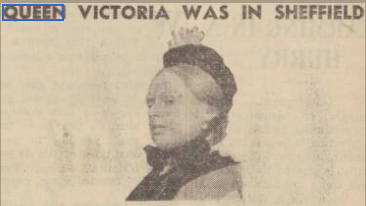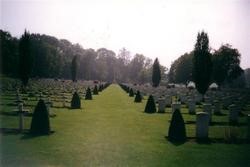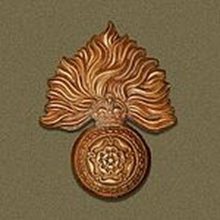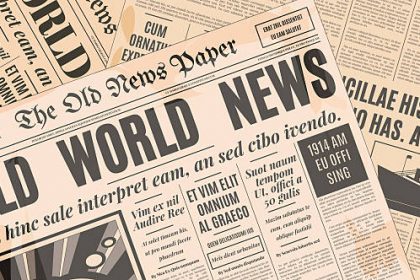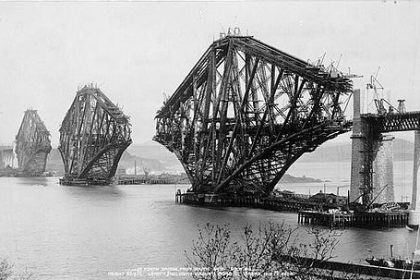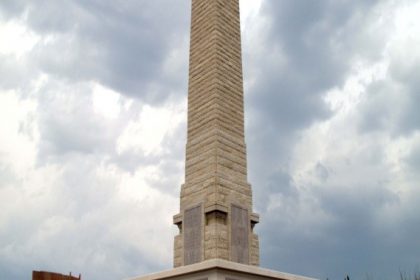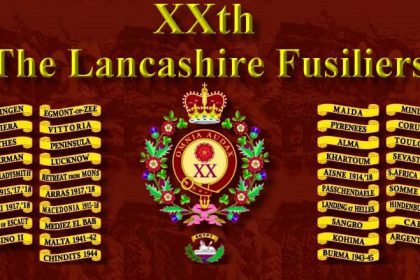Private Hilary Carlin 1st/ 6th Battalion Notts and Derby (Sherwood Foresters) Regiment. Regimental number 2448 – Died 30 March 1916 Plot I.C 15 Memorial ID 56570147.
Mont Saint Eloi is a village in the Department of the Pas-de-Calais, 8 kilometres north-west of Arras. Ecoivres is a hamlet lying at the foot of the hill, to the south-west and about 1.5 kilometres from Mont St Eloi. The Cemetery is on the D49 road.This cemetery is really the extension of the communal cemetery, were the French army had buried over 1,000 men. The 46th (North Midland) Division took over the extension with this part of the line in March 1916, and their graves are in Rows A to F of Plot I. Successive divisions used the French military tramway to bring their dead in from the front line trenches and, from the first row to the last, burials were made almost exactly in the order of… date of death. The attack of the 25th Division on Vimy Ridge in May 1916 is recalled in Plots I and II. The 47th (London) Division burials (July to October 1916) are in Plot III, Rows A to H, and Canadian graves are an overwhelming majority in the rest of the cemetery, Plots V and VI containing the graves of men killed in the capture of Vimy Ridge in April 1917 After the Armistice, the graves of eight men of the 51st (Highland) Division were brought in to Plot VIII, Row A, from nearby Bray Military Cemetery. Ecoivres Military Cemetery contains 1,728 Commonwealth burials of the First World War.
There are also 786 French and four German war graves. The cemetery was designed by Sir Reginald Blomfield.
Location Information
The Loos Memorial forms the sides and back of Dud Corner Cemetery. Loos-en-Gohelle is a village 5 kilometres north-west of Lens, and Dud Corner Cemetery is located about 1 kilometre west of the village, to the north-east of the D943, the main Lens to Bethune road.
Dud Corner Cemetery stands almost on the site of a German strong point, the Lens Road Redoubt, captured by the 15th (Scottish) Division on the first day of the battle. The name “Dud Corner” is believed to be due to the large number of unexploded enemy shells found in the neighbourhood after the Armistice. The Loos Memorial commemorates over 20,000 officers and men who have no known grave, who fell in the area from the River Lys to the old southern boundary of the First Army, east and west of Grenay, from the first day of the Battle of Loos to the end of the war. On either side of the cemetery is a wall 15 feet high, to which are fixed tablets on which are carved the names of those commemorated. At the back are four small circular courts, open to the sky, in which the lines of tablets are continued, and between these courts are three semicircular walls or apses, two of which carry tablets, while on the centre apse is erected the Cross of Sacrifice. The memorial was designed by Sir Herbert Baker with sculpture by Charles Wheeler. It was unveiled by Sir Nevil Macready on 4 August 1930.
Similar Posts

